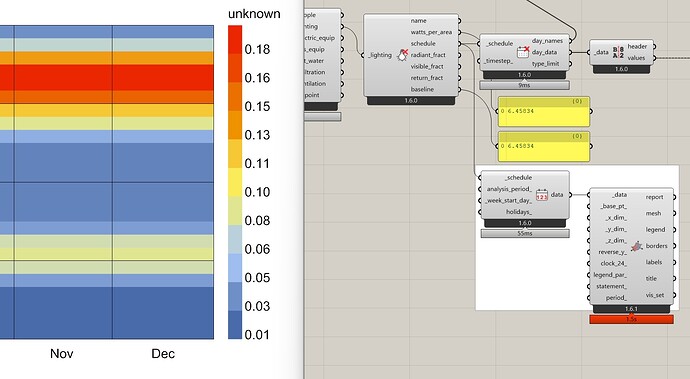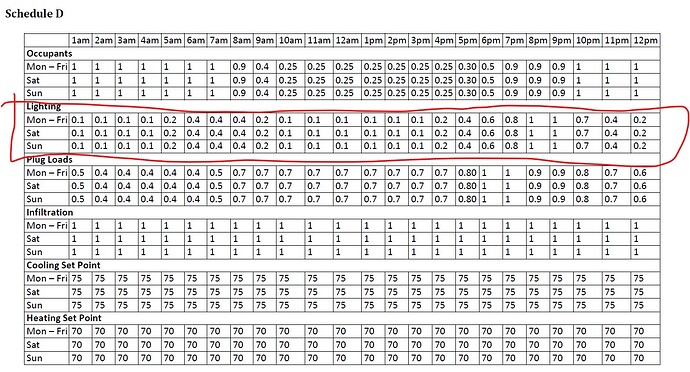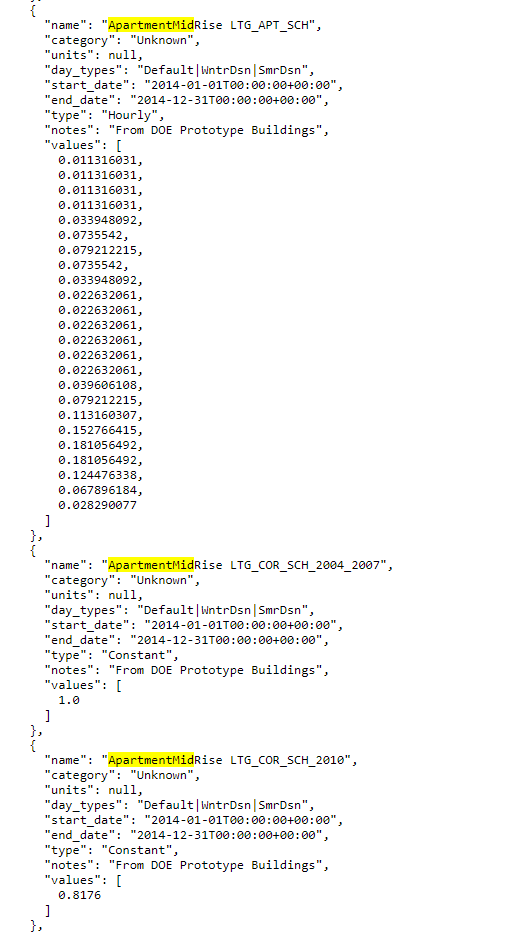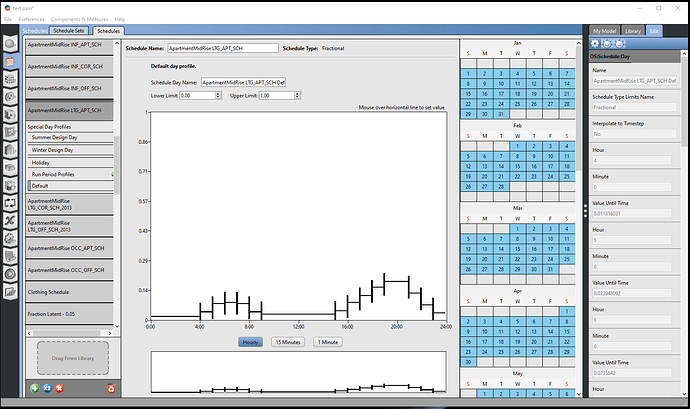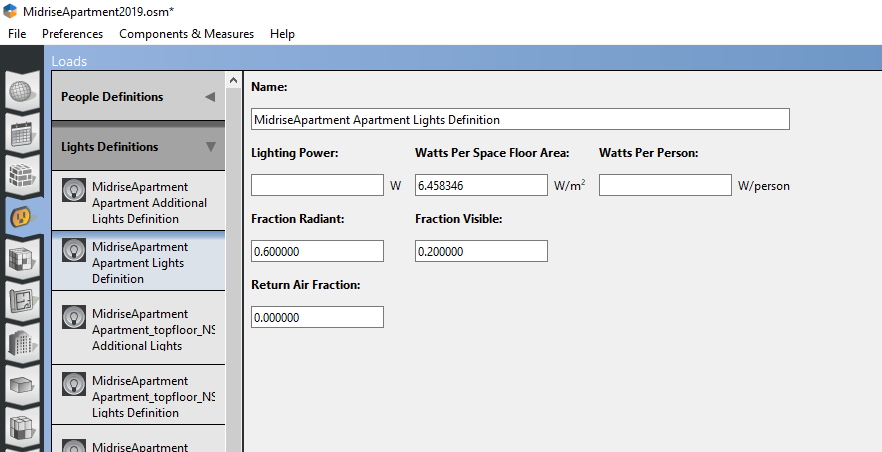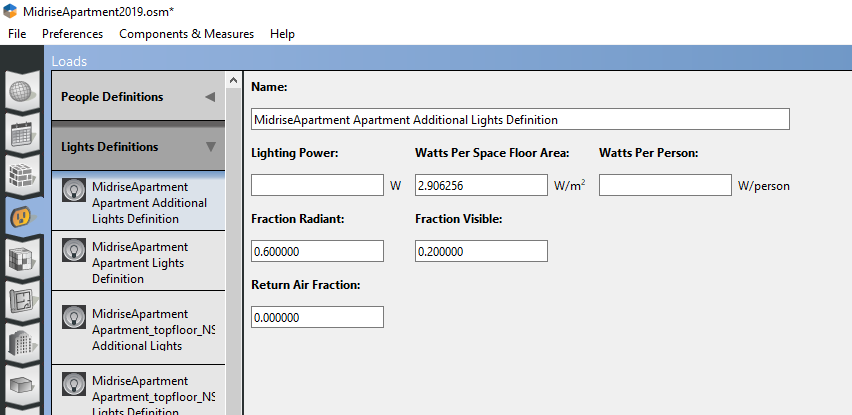- hpxml.lighting.interior_weekday_fractions = '0.124, 0.074, 0.050, 0.050, 0.053, 0.140, 0.330, 0.420, 0.430, 0.424, 0.411, 0.394, 0.382, 0.378, 0.378, 0.379, 0.386, 0.412, 0.484, 0.619, 0.783, 0.880, 0.597, 0.249'
- hpxml.lighting.interior_weekend_fractions = '0.124, 0.074, 0.050, 0.050, 0.053, 0.140, 0.330, 0.420, 0.430, 0.424, 0.411, 0.394, 0.382, 0.378, 0.378, 0.379, 0.386, 0.412, 0.484, 0.619, 0.783, 0.880, 0.597, 0.249'
- hpxml.lighting.interior_monthly_multipliers = '1.075, 1.064951905, 1.0375, 1.0, 0.9625, 0.935048095, 0.925, 0.935048095, 0.9625, 1.0, 1.0375, 1.064951905'
- hpxml.lighting.exterior_weekday_fractions = '0.046, 0.046, 0.046, 0.046, 0.046, 0.037, 0.035, 0.034, 0.033, 0.028, 0.022, 0.015, 0.012, 0.011, 0.011, 0.012, 0.019, 0.037, 0.049, 0.065, 0.091, 0.105, 0.091, 0.063'
- hpxml.lighting.exterior_weekend_fractions = '0.046, 0.046, 0.045, 0.045, 0.046, 0.045, 0.044, 0.041, 0.036, 0.03, 0.024, 0.016, 0.012, 0.011, 0.011, 0.012, 0.019, 0.038, 0.048, 0.06, 0.083, 0.098, 0.085, 0.059'
- hpxml.lighting.exterior_monthly_multipliers = '1.248, 1.257, 0.993, 0.989, 0.993, 0.827, 0.821, 0.821, 0.827, 0.99, 0.987, 1.248'
- hpxml.lighting.garage_weekday_fractions = '0.046, 0.046, 0.046, 0.046, 0.046, 0.037, 0.035, 0.034, 0.033, 0.028, 0.022, 0.015, 0.012, 0.011, 0.011, 0.012, 0.019, 0.037, 0.049, 0.065, 0.091, 0.105, 0.091, 0.063'
- hpxml.lighting.garage_weekend_fractions = '0.046, 0.046, 0.045, 0.045, 0.046, 0.045, 0.044, 0.041, 0.036, 0.03, 0.024, 0.016, 0.012, 0.011, 0.011, 0.012, 0.019, 0.038, 0.048, 0.06, 0.083, 0.098, 0.085, 0.059'
- hpxml.lighting.garage_monthly_multipliers = '1.248, 1.257, 0.993, 0.989, 0.993, 0.827, 0.821, 0.821, 0.827, 0.99, 0.987, 1.248'

